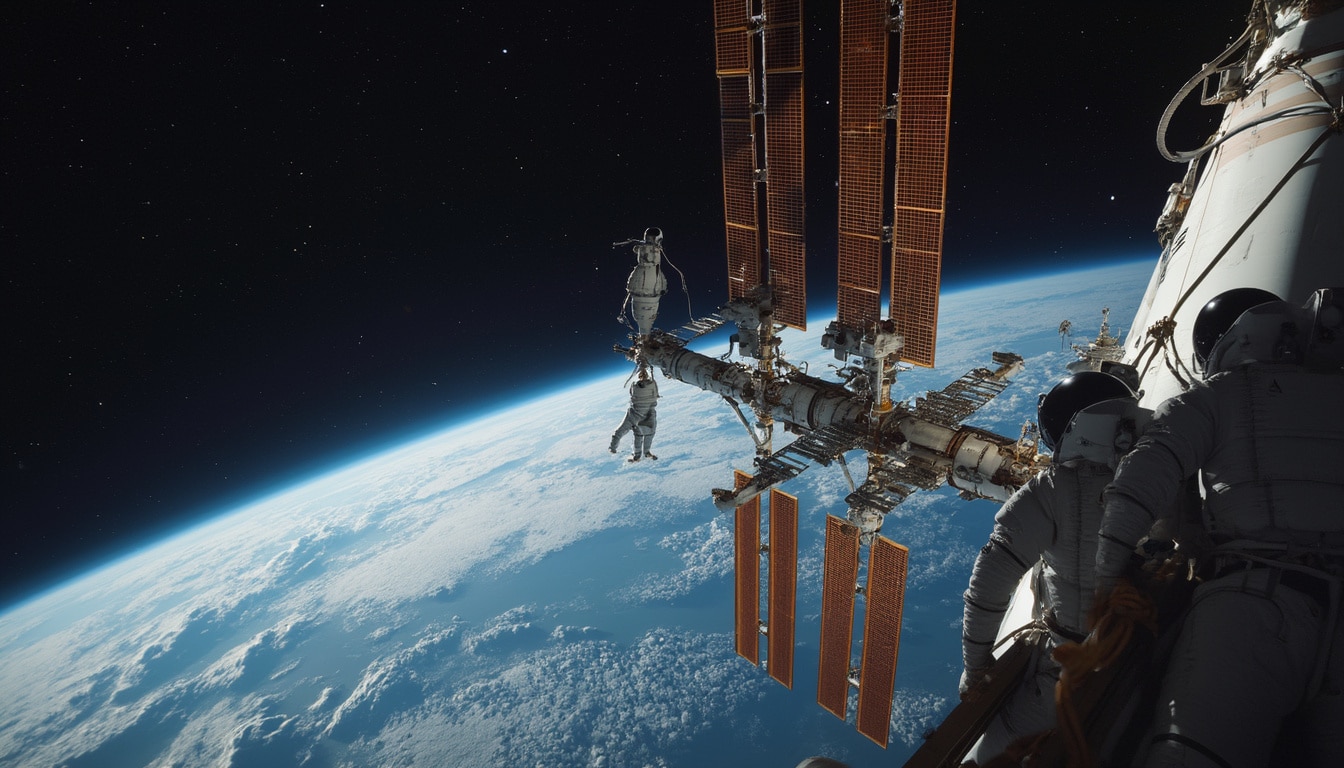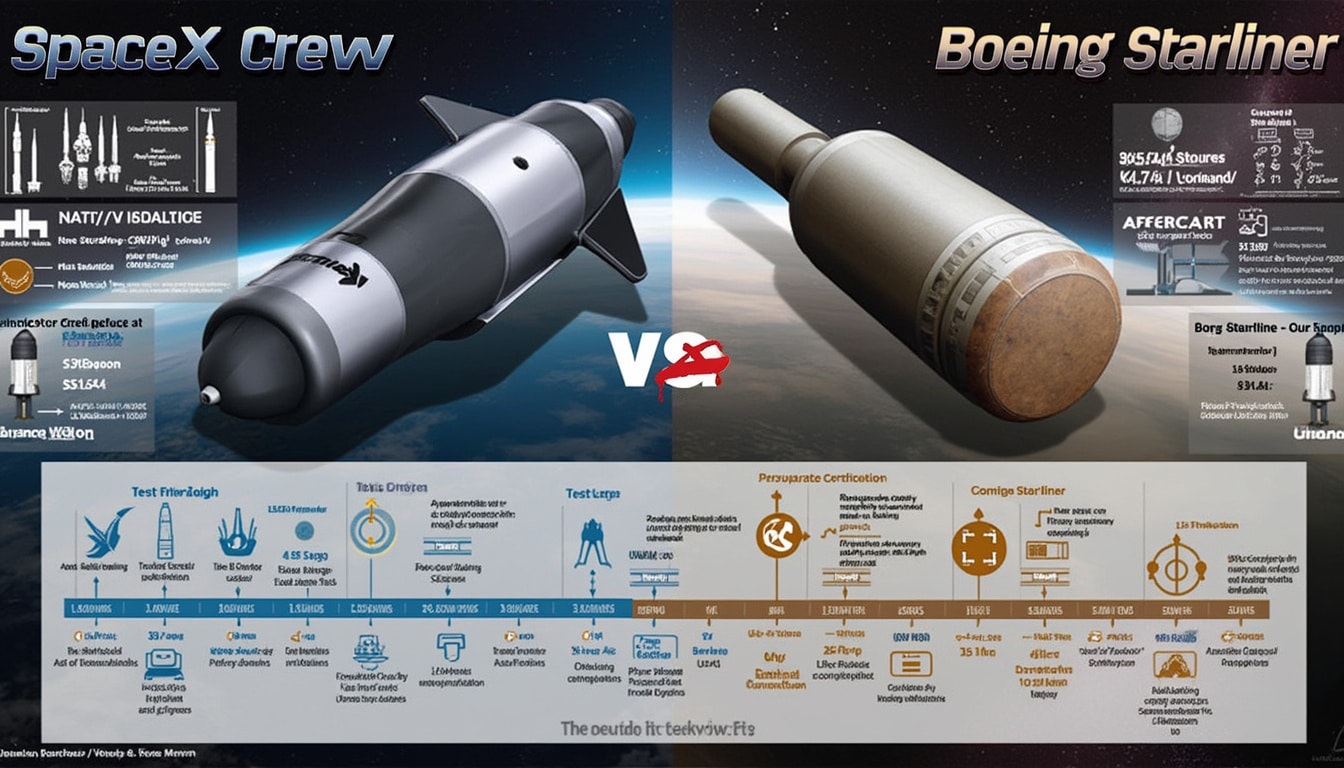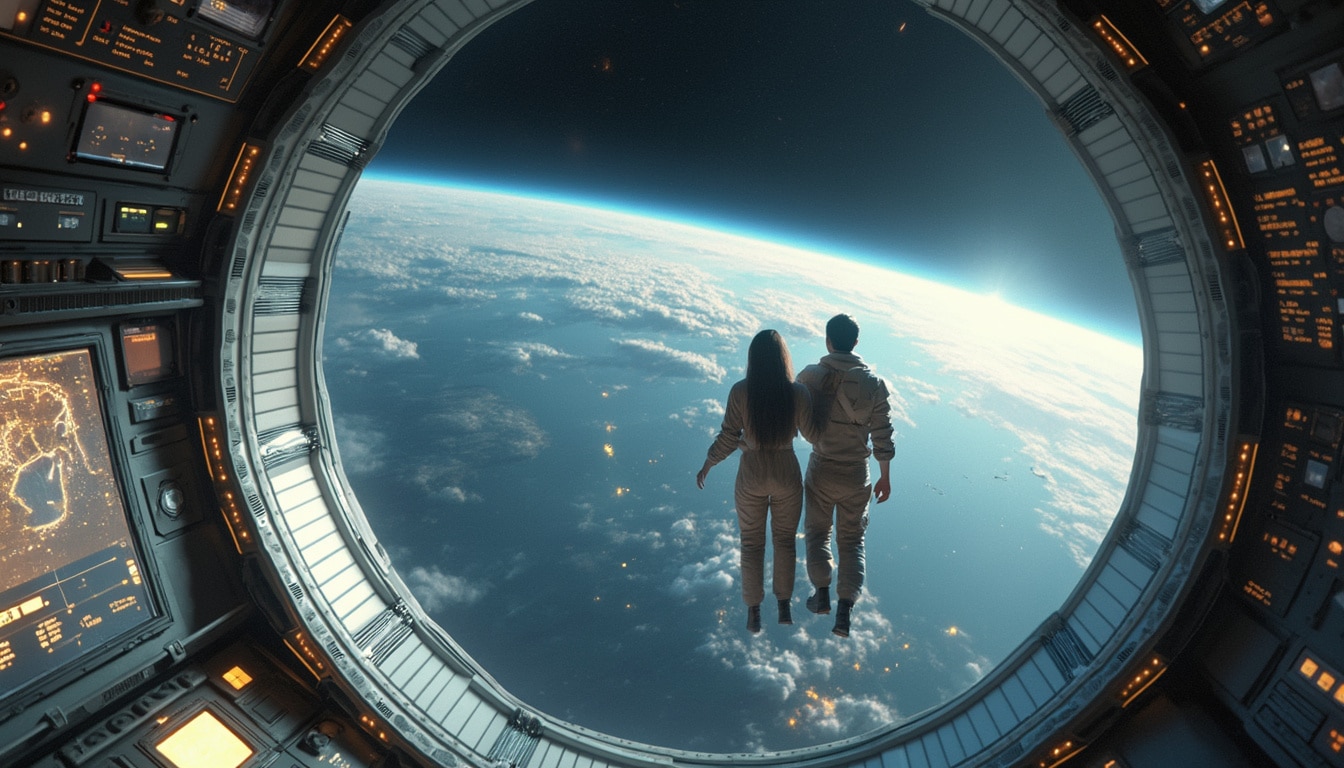The captivating adventures of space exploration often come with unexpected challenges. Recently, a significant concern has arisen regarding two astronauts, Butch Wilmore and Suni Williams, who find themselves stranded aboard the International Space Station (ISS) due to complications involving Boeing’s Starliner. Initially scheduled to return home months ago, their ride has encountered technical issues that have led NASA to consider a rescue operation by SpaceX. This potential mission highlights both the precarious nature of space travel and the intricate interdependencies between space agencies and private companies.
The Challenges of Space Travel
Space travel, a pinnacle of human achievement, is not without its hurdles. The endeavor of sending astronauts into orbit comes laden with risks, compounded by mechanical failures and unforeseen technical difficulties. In recent months, the spotlight has turned to the Boeing Starliner, which was intended to transport astronauts back to Earth but has unfortunately suffered from significant malfunctions.
The woes began during the Starliner’s launch, when a series of technical problems plagued its performance, leading to delays and concerns over its reliability. This situation has left astronauts stranded far longer than anticipated, creating a pressing urgency for a solution to ensure their safe return.

The Role of SpaceX in Astronaut Rescue
SpaceX, led by the innovative and ever-controversial Elon Musk, has positioned itself as a key player in the current landscape of space exploration. Designed to facilitate crewed missions, the company’s Crew Dragon spacecraft has garnered a reputation for reliability and efficiency. The prospect of using a SpaceX vessel to rescue Wilmore and Williams has opened discussions about the future of collaboration in space travel.
However, integrating various spacecraft is not as simple as it sounds. The technicalities of transferring astronauts between different systems involve more than just logistics; it raises critical compatibility issues regarding the spacesuits and life support systems used by each spacecraft. Incompatibilities pose significant challenges that need meticulous planning and execution.
Technical Setbacks with SpaceX’s Crew Dragon
While SpaceX is often heralded as a solution for space-related issues, they are not immune to technical setbacks themselves. Recent reports indicate that ongoing problems with the latest Crew Dragon model, known as C213, have complicated the timeline for the astronauts’ return. Battery failures and other emerging issues have raised questions about the readiness of the Crew Dragon for additional missions.
In light of these challenges, the original plan to use the C213 for a crew rotation in the near term now faces delays, forcing SpaceX to reconsider its strategies for rescuing the stranded astronauts.
Understanding the Risks of Spacecraft Compatibility
The ongoing space saga demonstrates the crucial need for compatibility across different spacecraft systems. Each space vehicle, whether designed by SpaceX, Boeing, or other manufacturers, possesses unique technical specifications and operational protocols. This becomes particularly pertinent when a rescue mission involves transferring personnel from one vehicle to another.
The difficulties faced are symbolized by the incompatibility of the spacesuits worn by Wilmore and Williams with the systems of the SpaceX Crew Dragon. This is not merely a detail; failure to properly create compatible setups could jeopardize the safety of the astronauts during their transit.
The architectural designs of these spacecraft vary greatly, resulting in complex challenges where one cannot easily swap one for the other. The implications are profound as NASA navigates this intricate web of technology in its efforts to ensure astronaut safety.

The Political Landscape Surrounding the Rescue Mission
The mission to rescue the stranded astronauts has not only technical complexities but also political ramifications. The involvement of prominent figures like Elon Musk and former President Trump has stirred discussions about accountability and operational strategy. Media narratives often frame these developments within the broader context of inter-agency politics, raising questions about who is ultimately responsible for ensuring safe returns.
The narrative gets even more complicated when media outlets relay conflicting messages about who holds the reins in this rescue operation. While Musk’s company advocates for swift action, the ongoing struggles with spacecraft technicalities suggest that efficient solutions might not be at hand.
Future of Space Travel Post-Rescue
Ultimately, the fate of Wilmore and Williams will profoundly impact future space missions. The challenges faced during this operation will likely prompt NASA and its partners to rethink many aspects of their mission architectures, including spacecraft design, astronaut safety protocols, and interagency communications.
As the space community reflects on this incident, it will foster a culture of improvement and innovation. Lessons learned from this current predicament could propel future expeditions, enhancing the reliability and safety of human spaceflight.
Conclusion: Navigating the Future of Space Exploration
Space exploration is a riveting frontier filled with uncertainties and potential setbacks. The current scenario involving the stranded astronauts captures the breadth of those challenges while shining light on the capabilities of private enterprises like SpaceX. The road ahead is likely to present both hurdles and breakthroughs as agencies unite in their commitment to safely returning their personnel and advancing the collective knowledge of the cosmos.

For more on the incredible advancements in space technology and the intricacies involved in rescue missions, dive into the details via external sources such as CNN and The Fool.




Leave a Reply